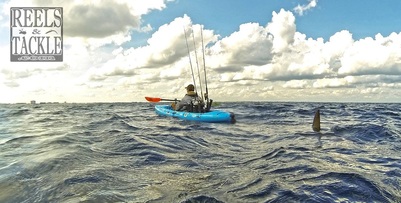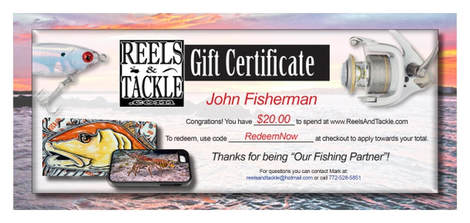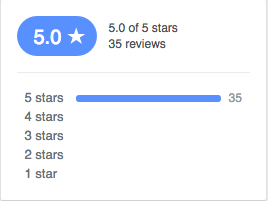Technology:
A nice tool that has been on the market for a while now is kayak friendly, in that it will float if dropped, and offers incredible holding strength for even the biggest fish. I just recently talked to a friend who lost his Boga Grip after flipping his kayak, not something I want happening if I ever get into that situation. The Fish Grip has a variety of bright colors so you can easily find one if lost overboard, can be locked shut to hold a fish, and reduces the chance of harm to you or the fish. I always like to have it handy for when I handle fish with extra sharp teeth, or have unfortunately caught a catfish with those pesky spines. It’s easy to control the fish, get the hook out, and release it quickly with this grip.
A net just isn’t a net these days. From nylon to rubber mesh, the way these things are crafted are even changing! Some of the older nets can be a bit harsh on fish, having rough and stiff edges which can roughen up the fishes scales and deplete the protective slime that a fish needs in order to stay healthy. I recently picked up a thermo-plastic rubber net from Settles Bridge Supply House, which is an accordion like net which can support the fishes weight evenly. The rubber net is very kind to a fish’s delicate scales and leaves minimal abrasion when returning the fish to water. One BIG advantage I like this net over conventional nylon nets is that I can scoop up a fish even when I am using a lure with treble hooks! Yes, I get very excited with that. Have you ever had to sit there trying to get a lure out of your net while the fish are biting and end up tearing your net because your patience has warn thin? With the rubber netting, there is nothing for the barbs of the hooks to get stuck or for the points of the hooks to prod into, untangling your lure is very easy with these types of nets.
It can be the simple things you do:
A few quick pointers when handling your fish is to always keep the surface moist that you may be putting your fish on. Before you pick him (or her) up, wet your hands – this way the dryness of your hands are not able to peel that protective slime off. When putting your fish on a measuring board, wet it first before putting your fish on it. It’s the little steps you can take that will help the fish out.
If you’ve caught a monster and it’s picture time, keep in the back of your mind how long you’ve had the fish out of water. I’ve learned the hard way on a few nice trout, which are very delicate, when taking pictures and wanted to return them back to live another day. I had to get just the right shot so I would continue to shoot away, but upon setting her back in the water, belly up is all I saw. Now, the fish is constantly in the water, whether in the net, or with the Fish Grip clamped on the mouth while attached to a lanyard – which will allow you to get your camera ready, freeing up your hands, and keep that momma fish breathing happily in the water.
Finally, the way you HOLD the fish can have a positive or negative impact on it’s survival. Different fish are created in different ways, allowing you to hold them, well, differently! I’m not going to go into each species and the exact health effects but for the most part, holding a bigger fish vertically by a grip is usually a big no-no. A reason for this is that it may induce unnecessary stress on the heart and organs. Do a search for it and see what comes up, it may surprise you. Just try to support the weight of a bigger fish, and simulate how it would be in the water: horizontally.
With these few tips and tools, we can take part in conservation and be able to release the fish healthier and stronger, and hopefully be able to catch another day. Thanks for the read!

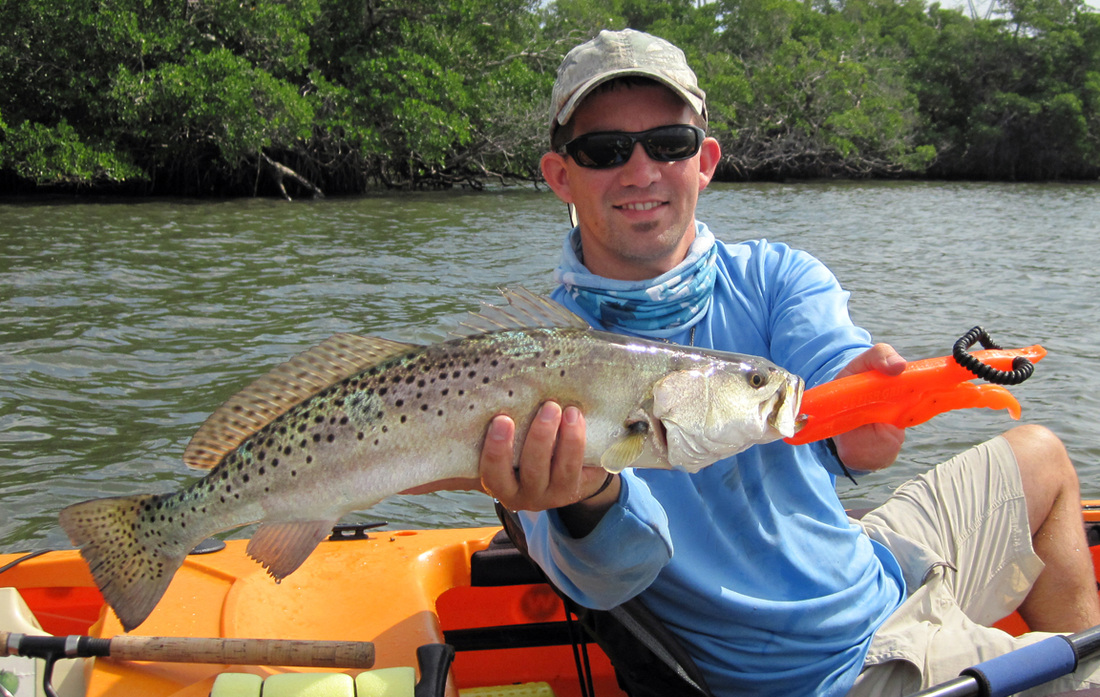
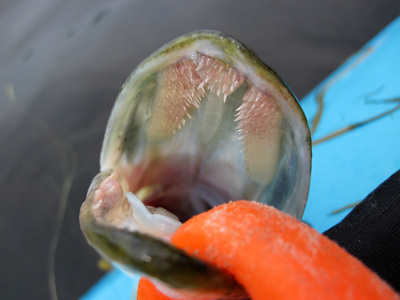
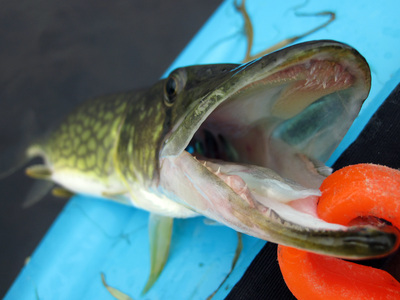
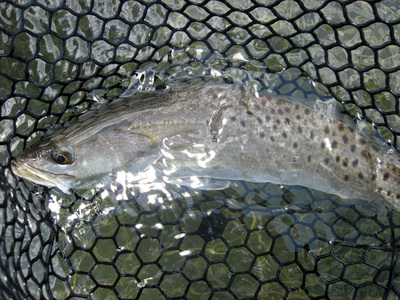
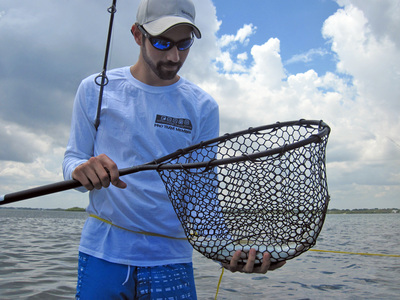
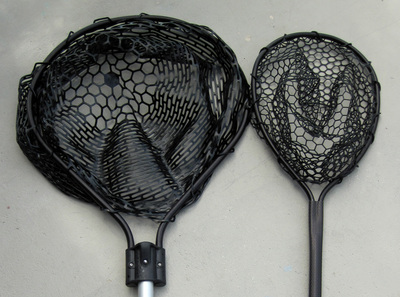
 RSS Feed
RSS Feed

